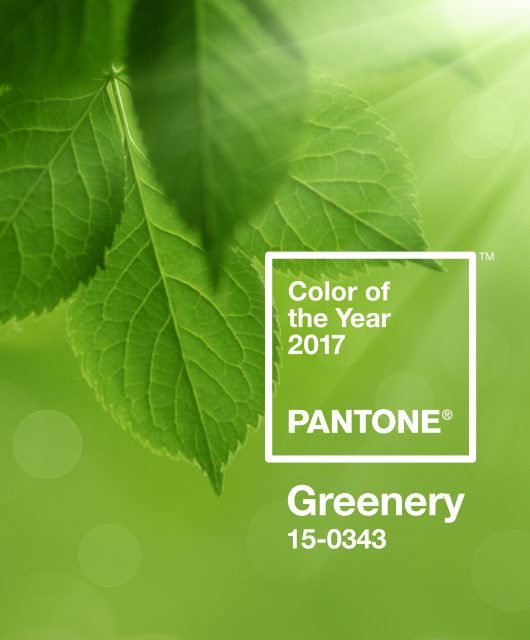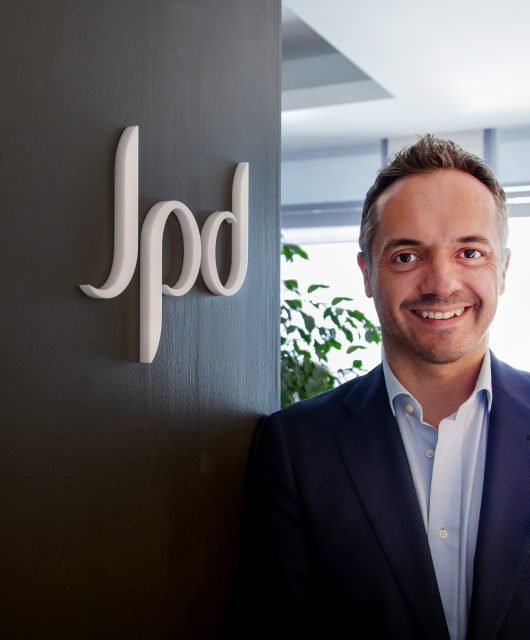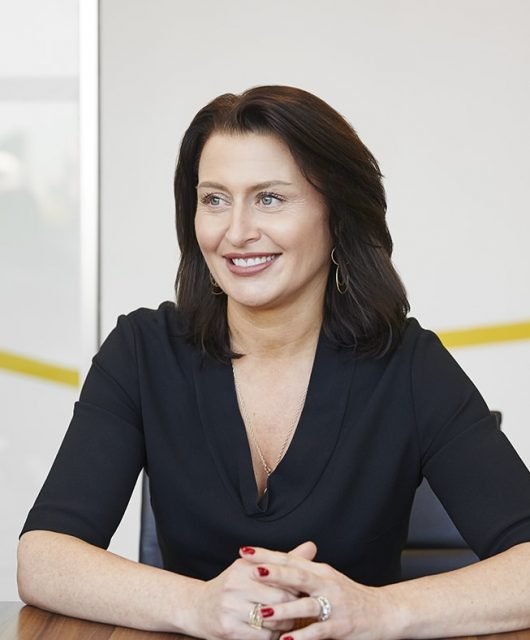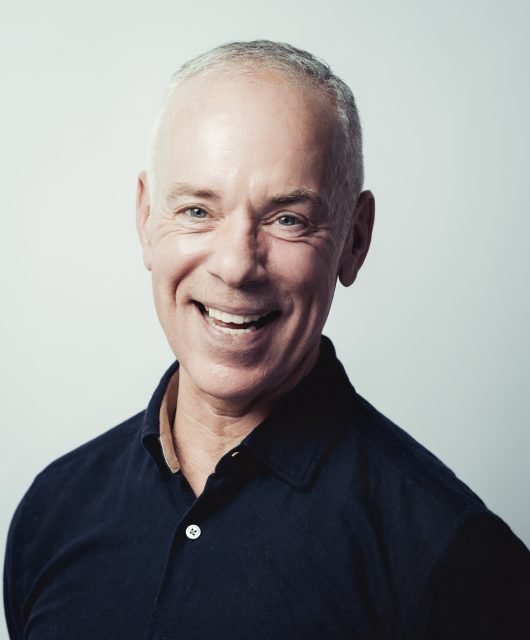How Should Brands Communicate In 2018: Q&A With Weber Shandwick’s Alev De Costa
Brand Communication is imperative to the sustainable success of any brand. In the current competitive landscape, brands must go beyond narrating a compelling story, they need to communicate in a way that inspires and engages. Having a solid and consistent brand communication strategy allows the brand to stand out, cut through the noise, build awareness and drive an emotional connection with the audience. The Berries interviewed Alev De Costa, Senior Vice President of Weber Shandwick Chicago, to get her two cents on how should brands communicate in 2018.
BB: Corporate communication used to be all about exposure and buzz via various media channels; With the rise of new communication concepts, brands find themselves with no choice but to adapt to change. From your opinion, what are the important new trends that corporate communication professionals should keep on their radar to lead in 2018 ?
 ADC: We evolve as the media landscape evolves. Now, a “media placement” has become a piece of content that can be amplified across various platforms. The key to ensuring quality placements – or earned brand content – is story choreography. You have to take a close look at the types of media your target consumer consumes, and how they consume it. Then outline an approach to seed, spark and spread stories via the many different communications levers that exist.
ADC: We evolve as the media landscape evolves. Now, a “media placement” has become a piece of content that can be amplified across various platforms. The key to ensuring quality placements – or earned brand content – is story choreography. You have to take a close look at the types of media your target consumer consumes, and how they consume it. Then outline an approach to seed, spark and spread stories via the many different communications levers that exist.
BB: For brands, fake news on social media is an existential threat. Do you think this will effect the level of online brand engagement on social media platforms ?In times of fake news, should brands remain silent, refute news or generate content in a different direction ? Please elaborate
ADC: It is a plague. We (Weber Shandwick) in partnership with Powell Tate and KRC Research conducted a study here in the U.S. that found the proliferation of fake news weighs heavily on the minds of Americans: more than eight in 10 Americans (82%) are concerned about the impact fake news might have on the credibility of news and information they receive from the media, seven in 10 (70%) believe they have read a fake news story, and 71% think fake news contributes to incivility in society.
As with any problem there’s an opportunity for a solution, and brands who behave transparently and with integrity can help combat concern and build trust.
BB: The use of influencers has been one of the dominating highlights that gained momentum in 2017 with leaning on online influencers more than celebrity endorsements. How can the use of influencers for brands evolve in 2018 for a better ROI ?
ADC: Yes, influencers ARE celebrities, and in some cases they are more valuable than traditional celebrity endorsers because of how engaged their fans are in the content they create. Brands should be unafraid to engage, be transparent about their relationships, and look to create longer lasting partnerships where both parties have “skin in the game” to ensure the arrangement is authentic. Especially in this space consumers are savvier than we sometimes give them credit for, and can spot a simple pay for play a mile away.
BB: One of the historical industry debates has revolved around whether doing PR in-house or hiring a professional corporate communication agency. Can you mention some differentiators that would encourage brands do PR with a firm instead of doing it in-house ?
ADC: Honestly, I think even the best PR professionals can get a bit stale in house. There can be something isolating about being the only person – or one of only a few people – who does what you do within an organization. Clients should view agency teams as partners, and be open to new ideas, technologies and solutions that stray from the more traditional “lanes” of our disciplines because of the way media is constantly evolving. We’re here to service your business, but we can also help you and your brand grow.
BB: Nowadays, Brands are all about designing engaging experiences. How can corporate communication professionals help brands narrate their stories and create an emotional attachment?
ADC: I think brands need three things in order for these experiences to be successful: is there an actual story we’re trying to tell? Is it grounded in an insight? Does it create any value? Those elements are critical to not only breakthrough in relevant media but to do so in a way that will affect consumer perceptions or behaviors.
BB: Corporate communication pros who work in the digital sphere are often faced with an all-time dilemma, Content Virality Vs Paid tools. How can they constantly find new content niches, social communities and influencers, organically ?
ADC: Well, it’s called integrated marketing for good reason. I think to be successful there is no ONE solution for anything – it’s finding the right recipe of mediums, means and yes sometimes memes to get it right.





